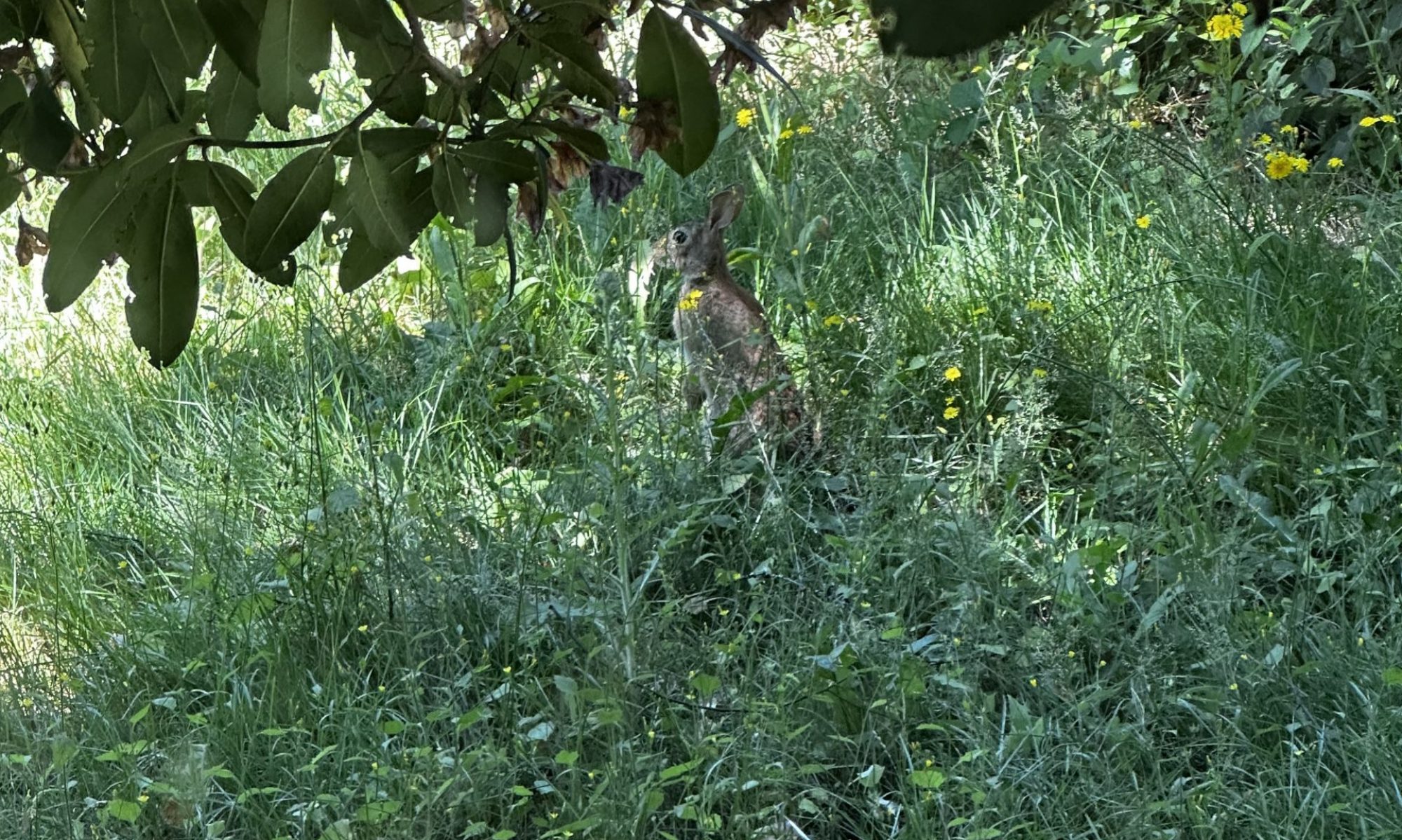Secure attachment
Securely attached people tend to agree with the following statements: “It is relatively easy for me to become emotionally close to others. I am comfortable depending on others and having others depend on me. I don’t worry about being alone or others not accepting me.” This style of attachment usually results from a history of warm and responsive interactions with their attachments. Securely attached people tend to have positive views of themselves and their attachments. They also tend to have positive views of their relationships. Often they report greater satisfaction and adjustment in their relationships than people with other attachment styles. Securely attached people feel comfortable both with intimacy and with independence. ~Wikipedia, July 2019
If you don’t consciously choose trust and love in each moment, your subconscious policies will choose for you, and they usually choose fear.~Kimberly Giles, Choosing Clarity: The Path to Fearlessness
You can’t go back and change the past or remove the impressions of painful experiences; they’re part of your journey and through them you’ve become who you are. But you can activate different vibrational seeds by shifting your perspective and creating new mental habits that result in conscious actions. ~Yol Swan, The Indigo Journals: Spiritual Healing For Indigo Adults & Other Feminine Souls
The other week I was going through a thing, as one does. I was feeling panicked, worried, anxious. And while I was feeling all those things they weren’t totally consuming me. I could see what was happening; I noticed my responses; I noticed that while I was anxious it wasn’t nearly as bad as my reactions to similar situations have been in the past.
Which got me curious about my own attachment style (which has always been insecure – anxious preoccupied) and how that has shifted in recent years. Of course I went to google to find an online quiz, took it, and then was pretty surprised by the results.
That I now apparently have a “mostly secure” attachment style.
I know that things have been shifting for me over the years. I know that especially over the last five years my reactions to triggers has become less and less. But I still was identifying myself as anxiously attached, I was still being triggered in some important relationships, I would still get anxious and start to panic. But what I realized the real difference was, is that I wasn’t reacting to the other person like I may have in the past.
I found the pause. I allowed myself to feel the anxiety, to examine it, to see what it was coming from, and then would respond to the person (if it was appropriate to do so). I wasn’t stuck in my back brain in panic mode. I could both feel the panic and logically and compassionately think through it.
I’m sharing all this to say that it is possible to change your attachment style. It is possible to move an insecure attachment style to a more secure way of being in the world. That doesn’t mean the feelings of those attachment styles totally disappear (at least that hasn’t been my experience), and we can learn to hold those uncomfortable feelings, slow down, and instead of instantly reacting, we can take the time to examine what is going on and then respond as it is appropriate to do so.
This has required a lot of embodiment/body-centered mindfulness work. It has required a lot of self compassion. It has required an intention and determination to be in relationships differently than in the past. It has required my own curiosity and willingness to be vulnerable with another (with others) who could potentially cause me a lot of pain.
And it has required letting go. Letting go of old narratives. Letting go of looking for validation outside myself (something I’m still working on). Letting go of trying to “make” another person be or act a certain way.
It has required acceptance. Accepting these wounds of mine and the grief that goes with them. Accepting others as they are and then deciding how or if I want to be with them.
It has required exploring the idea of freedom within relationship – both with another and with myself. Because truly, don’t we all want to feel free within our most intimate relationships? And don’t we want those we are in relationship with us to be freely choosing us too, without games or manipulation or needing to have huge explosions (and calling it passion)?
I know I do.
No matter how severe our childhood traumas, we have the capacity for growth and change. Our brains are capable of rewiring. We are able to move from a state of constant fear and survival into a state of thriving and truly enjoying our lives.
When we have partners who want to shift and grow too, who are ready to be pushed outside their own comfort zones just as we are ready to be pushed outside our own, amazing things can happen. Amazing, beautiful things.
It can be terrifying. It means doing things we’ve never done before and it will feel weird, scary, uncomfortable. But when you find someone you know you can trust, even though you have trust issues stemming back to childhood, you can actually learn what it means to truly trust, to have compassion for our own and another’s humanity, and to explore this wild life, expanding together.
/../
This essay was originally published in my newsletter on July 22,,2019 and has been edited for publication here. To receive my weekly(ish) newsletter with my most recent essays and offerings, go right here.
